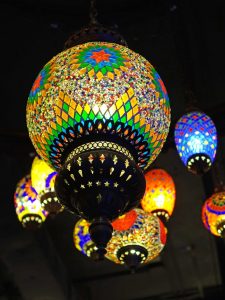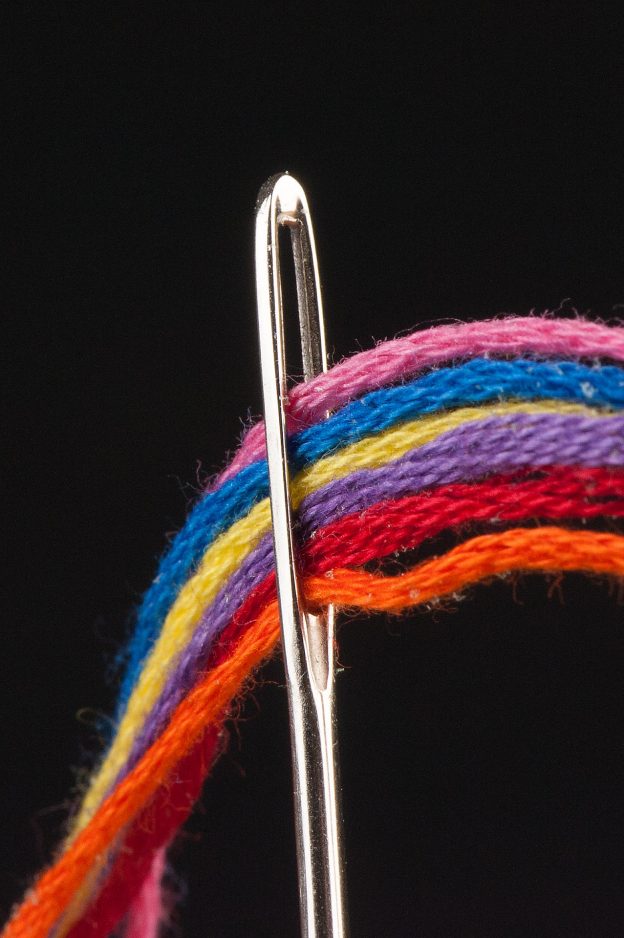How do we craft our teaching to engage learners?
During teacher training, I realised that all my hard work happens before I step into the classroom. Before the session, I spend time visualising, designing and making a variety of objects – they could be resources, activities, project tasks or group interactions.
By the time I enter the classroom I have made a series of these objects for my learners, and I can enjoy handing them over and seeing the Active Learning that takes place. I’m there to guide, challenge and make sure that the light bulbs are coming on.

Teaching is a craft and we need to be skilled and confident making our objects and giving them to our learners. Objects must be rich and vibrant, colourful and engaging, open and accessible. They must be created using sound theory and a specific purpose. We need to be able to give them to our learners with humility and generosity, allowing them to take ownership of their Active Learning experience.
Classrooms are places for learners to explore, discuss, play, record and experiment. Objects crafted by the teacher or trainer can be shared with other learners, taken apart and remade, copied or criticised.
Workshops are spaces for outputs like photos, videos, sound recordings, drawings, texts and mind maps. But outcomes for learners might include experiences, collaborations, ideas and solutions.

We can thread digital skills throughout our teaching and training to give learners the best possible experience. Our objects must reflect the world around us and the Active Learning that we create must be engaging and relevant in the digital age.
Teachers and trainers are craftspeople and we use our tools and skills to create memorable and enjoyable resources and experiences. In the hands of our learners, these rich and vibrant objects will support Active Learning for twenty first century life and work.
Find out more
Creating blended learning content
From Yawn to Yay – making presentations engaging and interactive
Reflecting on future practice – AR and VR
Transforming teaching objects for the digital age using SAMR

